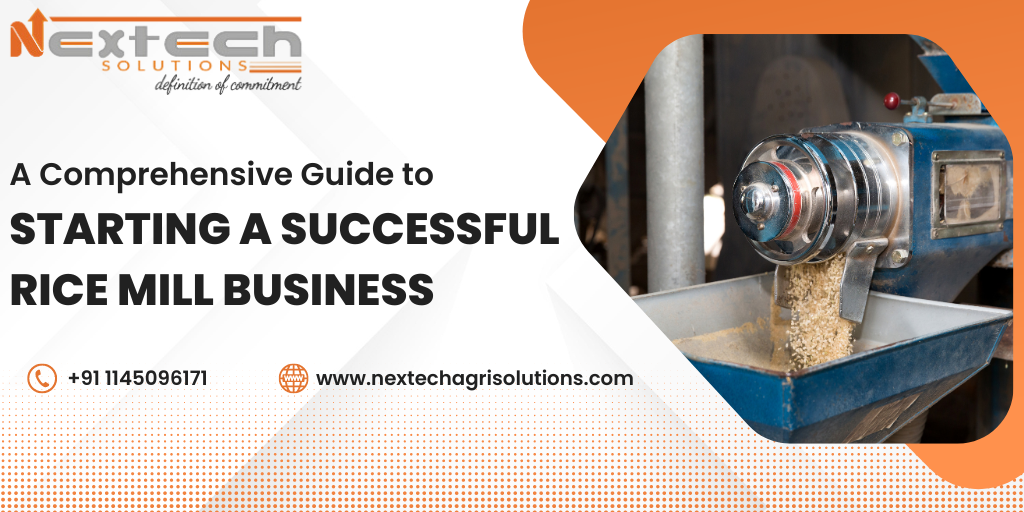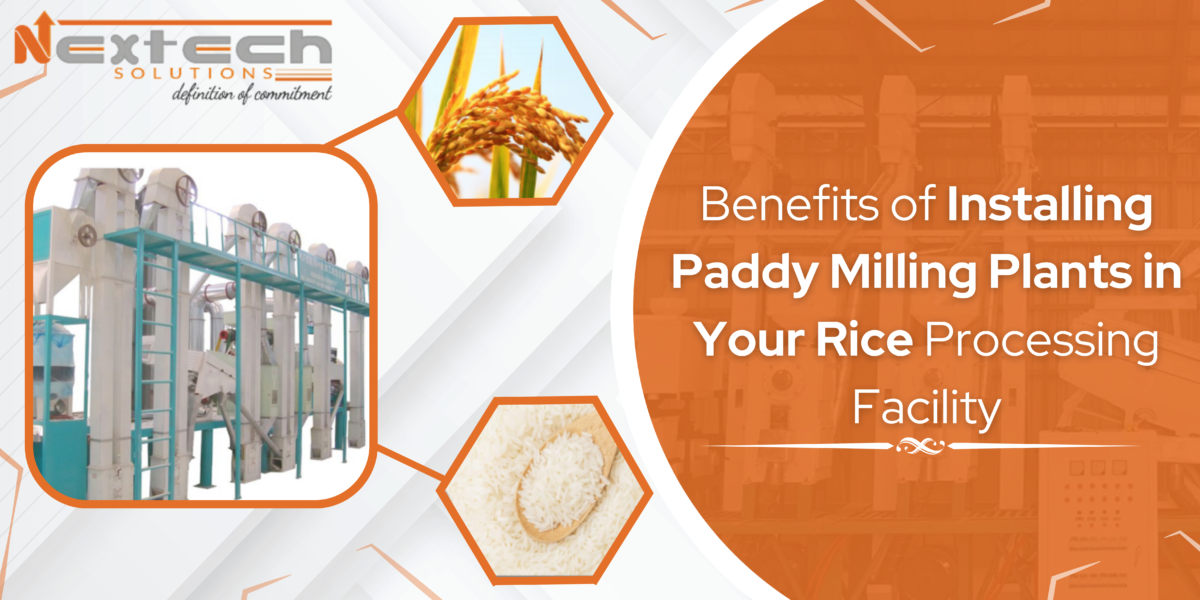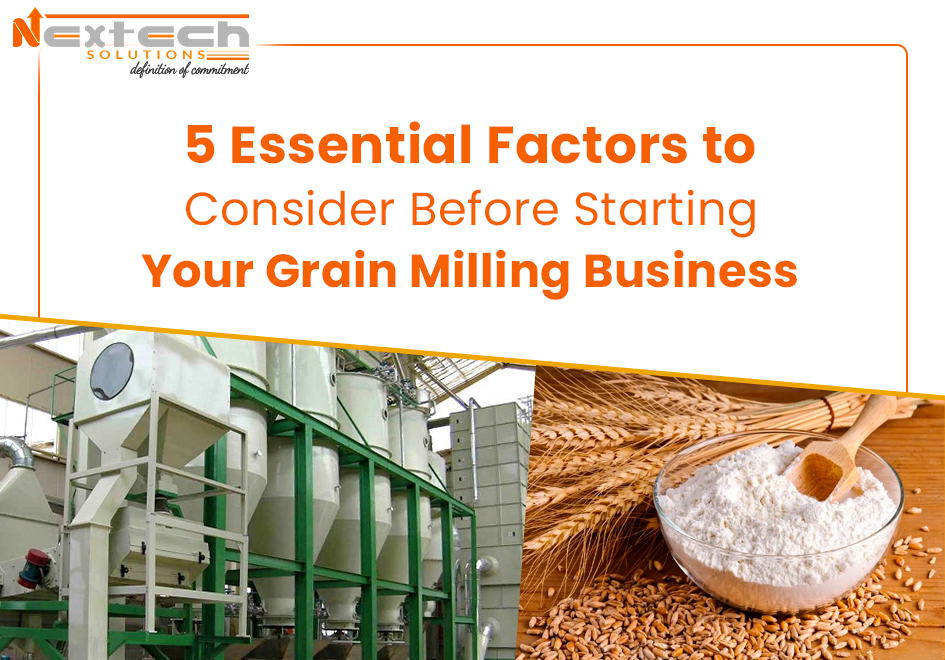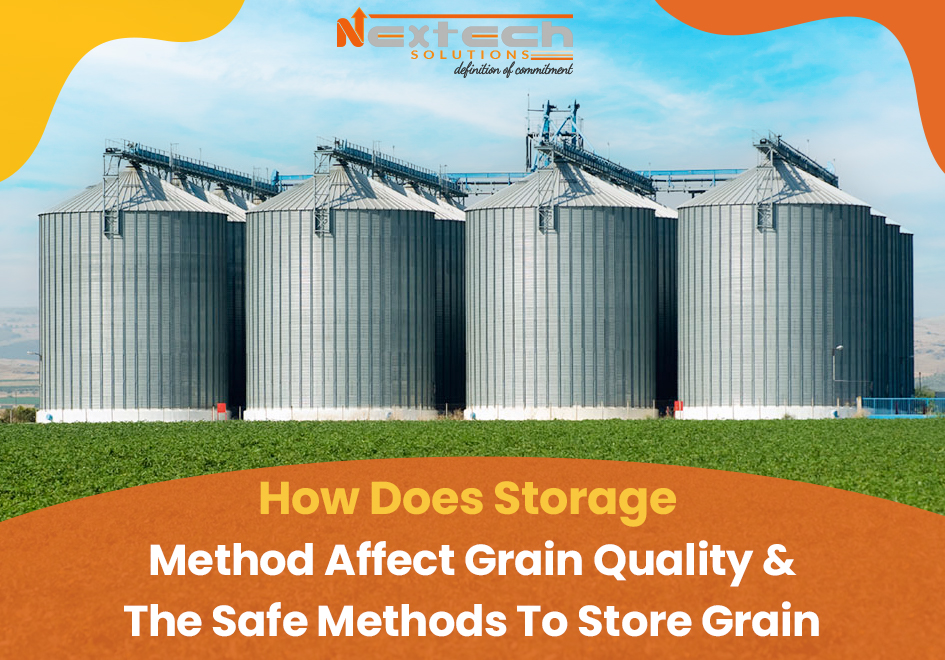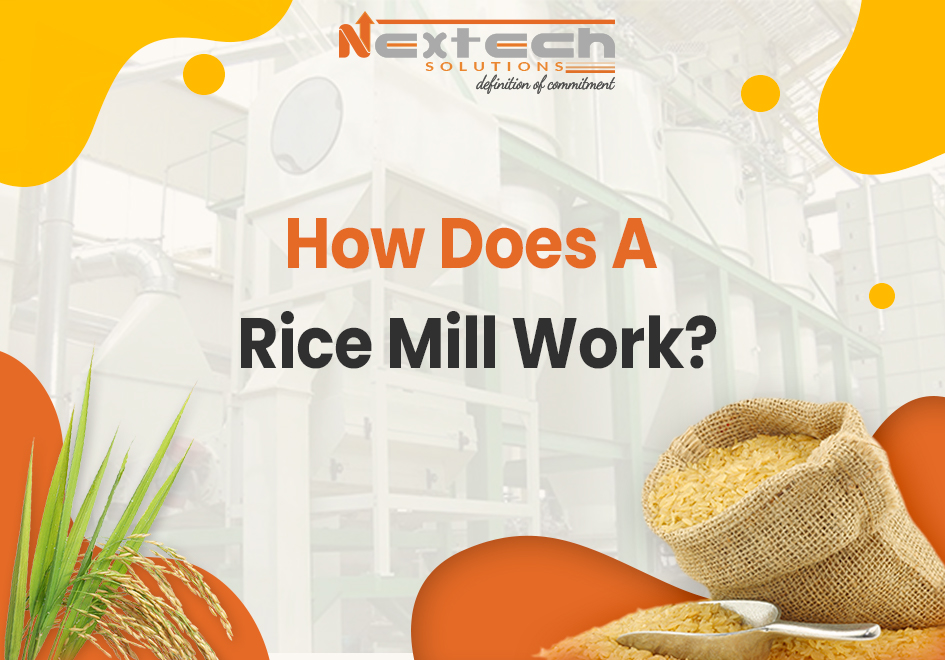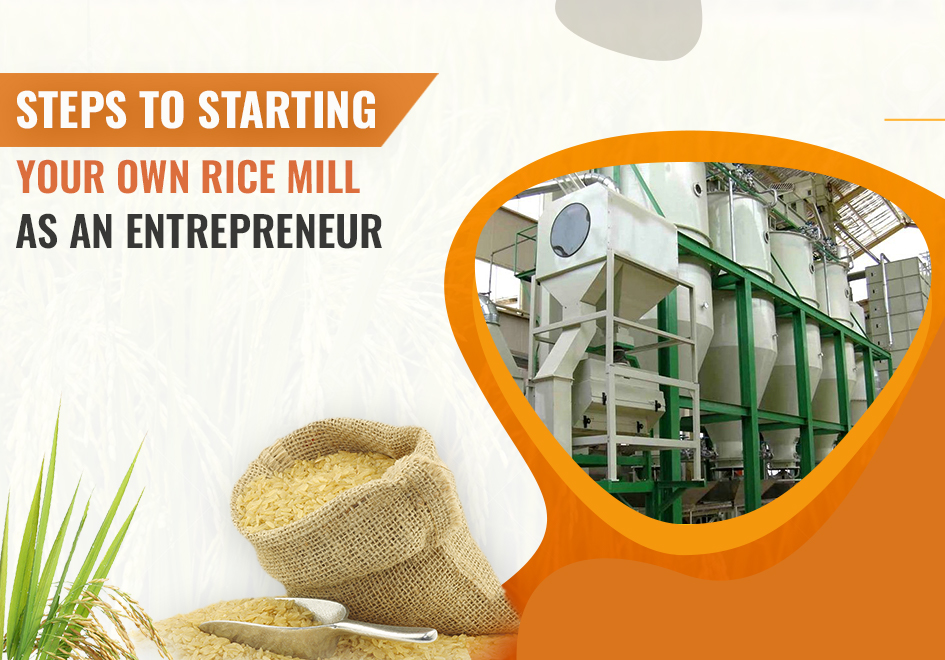Introduction
Are you looking to enter the agricultural industry with a lucrative business idea? Look no further than starting your own rice mill. Rice is a staple food for millions of people. Worldwide and the demand for high-quality rice continues to grow. Starting a successful rice mill business can be challenging. But with the right plan and equipment, it can also be incredibly rewarding. In this full guide, we’ll take you through everything. You need to know about starting and running a profitable rice milling business. From creating a solid business plan to marketing your brand effectively. We’ve got you covered. So let’s dive in and learn how you can become an expert in the booming world of rice mills.
Rice Milling Business Plan
To start a successful rice milling business, it is crucial to have a well-planned and comprehensive business plan. A good rice milling business plan should include the market analysis, financial projections, production process, marketing strategy and management structure.
Market analysis involves researching the current demand and supply of rice in your target market. This will assist you in estimating your venture’s potential profitability. You may also find out who your rivals are and how they operate.
Financial projections are essential for securing funding from investors or loans from banks. It includes forecasting revenue, expenses and profits for at least three years based on realistic assumptions.
The production process section outlines step-by-step procedures involved in transforming paddy into polished rice ready for consumption. You should consider factors such as quality control measures to ensure that your final product meets customer expectations.
Marketing strategy identifies how you will promote your products to reach potential customers effectively. This may include advertising campaigns or partnerships with local supplier or retailers.
Designing an efficient management structure ensures smooth operations throughout all aspects of the business while minimizing costs wherever possible.
Remember that having a detailed Rice Milling Business Plan is critical when it comes to starting this type of enterprise successfully!
Rice Mill Equipment
Rice mill equipment is crucial for the success of your rice milling business. It’s essential to choose the right type of machinery that suits your needs and budget.
You need to decide on the scale of your business and select equipment accordingly. Small-scale mills can function with basic machines such as a husker, polisher, destoner, and grader. However, larger mills require more advanced machinery like paddy separators, whitening machines, color sorters, and packaging machines.
Ensure that the quality of your equipment is top-notch to minimize free time due to breakdowns or repairs. Find manufacturers who stand behind their goods with warranties.
Consider the power source required for each piece of machinery based on its size and capacity. Some may require electricity while others run on diesel engines.
Proper maintenance routines are critical in keeping your rice mill equipment running efficiently throughout its lifespan. Regular cleaning and lubrication help prevent wear and tear.
In summary,Rice Mill Equipment plays an important role in ensuring that grains are properly processed before they reach consumers’ tables or kitchens.
This makes it extremely important that you invest in high-quality Rice Mill Equipment from reputable manufacturers with a solid reputation for providing reliable products at reasonable prices.
Rice Mill Feasibility Study
A feasibility study is a crucial step in starting any business, including a rice mill. It helps to determine the viability and profitability of the rice mill project before investing your time, money and resources.
The first thing you should consider when conducting a feasibility study for a rice mill business is the demand for rice in your target market. You need to research on how much rice people consume in that area, what types of rice they prefer, and if there are enough suppliers to meet the demand.
Another important aspect to consider is the cost involved in setting up your own rice mill. This includes purchasing or leasing land, buying equipment such as dehuskers and polishers, hiring laborers and technicians among other expenses. You must also factor in potential risks like natural disasters that can damage crops or machinery.
It’s also essential to analyze your competition – other existing rice mills operating within your chosen location. Determine their strengths and weaknesses so you can learn from them while developing strategies unique enough for an edge over competitors.
Lastly but not leastly , it’s vital you create financial projections based on realistic assumptions about revenue streams (such as wholesale vs retail sales), production costs (including raw materials) as well as fixed costs like rent or salaries etc. This will help gauge whether building a Rice Mill from scratch really makes sense economically speaking
How to Start a Rice Mill Business With Nextech ?
Starting a rice mill business can be daunting, but with the right partner, it can also be rewarding. That’s where Nextech comes in – as your trusted rice mill consultant and equipment supplier.
We help you define your business plan by conducting a feasibility study to determine the viability of your venture. This includes analyzing market demand and competition, identifying potential challenges and opportunities, and developing strategies for success.
Once you have a solid plan in place, we provide customized solutions to meet your specific needs. Our state-of-the-art rice milling equipment is designed for maximum efficiency, productivity and profitability. We offer everything from paddy cleaners to whitening machines to grading systems.
We also offer installation services by our expert engineers. who ensure that every component is properly installed and functioning optimally before handing over the project to you.
But our support doesn’t end there – we provide ongoing maintenance services throughout the life cycle of your machinery ensuring smooth operations at all times.
Furthermore, as a full-service provider we don’t just stop at supplying you with the best technology available. We also offer marketing plans so that once production begins there are already customers waiting for delivery of their orders!
In essence working with Nextech ensures that not only do you have access to cutting-edge, technology but also expert advice. How best utilize it while minimizing operational costs!
Rice Mill Marketing Plan
Marketing is an essential component of any business, and the rice milling industry is no exception. Without effective marketing strategies, your rice mill business may not attract enough customers to generate revenue.
To develop a successful marketing plan for your rice mill business, you need to identify your target market and understand their needs. It would help if you also defined what makes your product unique from others in the market.
One way to reach potential customers is by creating a website that showcases your products and services. You can also use social media platforms such as Facebook, Twitter, Instagram or LinkedIn to promote your brand.
Another effective strategy is advertising through local newspapers or radio stations. Targeting specific demographics within the community where you operate. You could offer promotions like discounts on bulk purchases of rice grains or free samples as incentives for first-time buyers.
You should consider participating in trade shows and exhibitions related to agriculture or food processing industries. These events provide excellent opportunities to showcase your products directly to potential clients and network with other players in the industry.
Customer feedback can be invaluable when it comes to improving both product quality and service delivery. So don’t hesitate always asking for feedback from satisfied customers either through surveys or reviews online.
Conclusion
Starting a rice mill business may seem daunting at first. But with the right tools and plan in place, it can be a rewarding venture. Conducting thorough market research and creating a solid business plan are essential steps to ensuring success in this industry.
Investing in high-quality equipment and hiring experienced professionals will also help your rice mill business thrive, Moreover. By implementing effective marketing, strategies and fostering strong relationships with customers. You can pave the way for long-term success.
If you’re considering starting a rice mill business or need guidance on how to take your existing operation to the next level. Working with a reputable consultant like Nextech is highly recommended. With their expertise and support. You’ll have access to valuable resources that can enhance every aspect of your business.
Remember that patience and persistence are key when it comes to starting any new venture. With the application of these tips for success and a steadfast commitment to delivering quality products and services. Your rice mill business undoubtedly possesses the potential for remarkable achievements.
 MAIL US :
MAIL US :
 CALL US :
>
CALL US :
>
